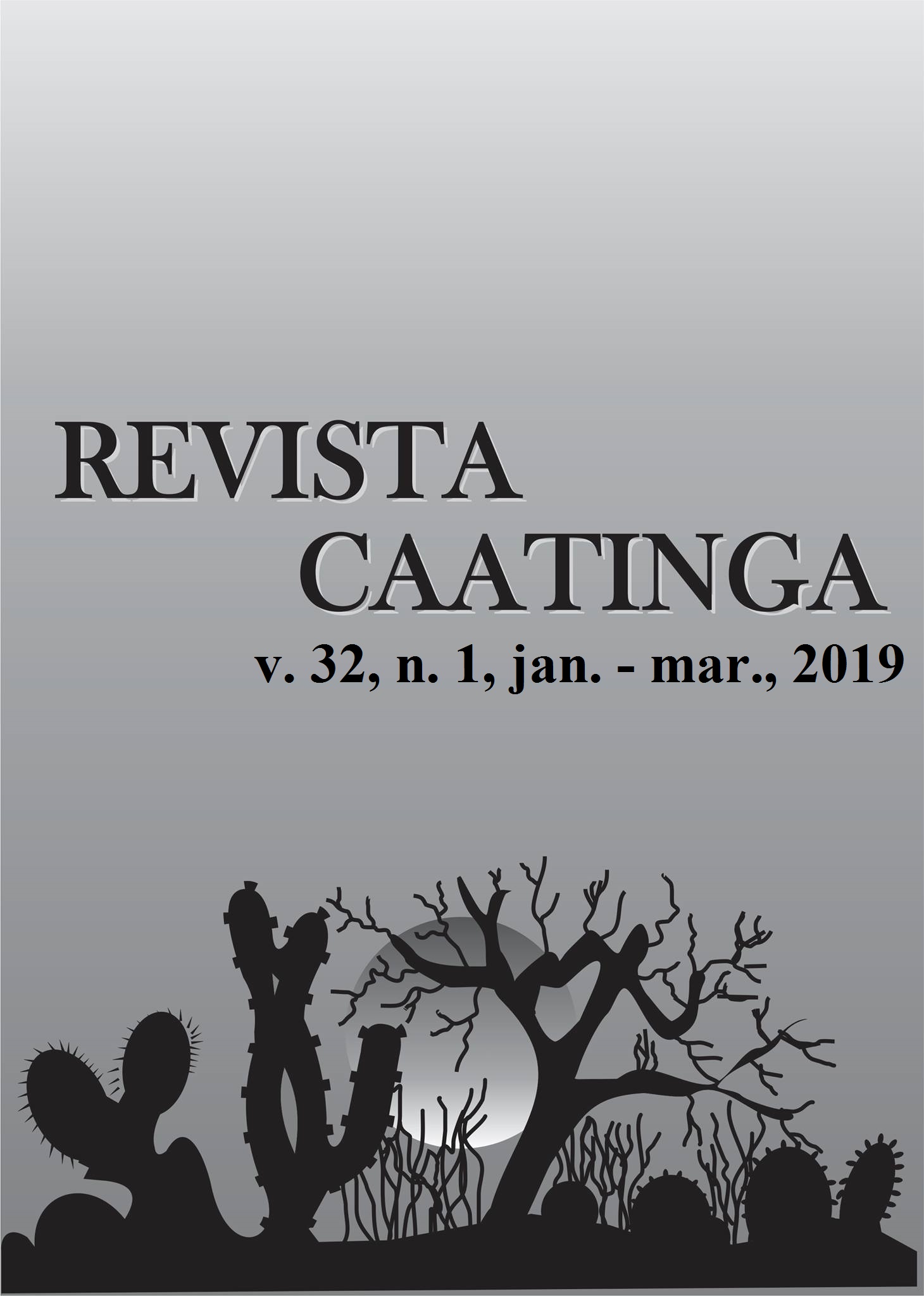CO-INOCULATION OF GROWTH PROMOTING BACTERIA AND Glomus clarum IN MICROPROPAGATED CASSAVA PLANTS
DOI:
https://doi.org/10.1590/1983-21252019v32n116rcKeywords:
Manihot esculenta Crantz. Micropropagation. PGPB. Synergism. Spodsol.Abstract
Arbuscular mycorrhizal fungi (AMF) and growth promoting bacteria in plants (PGPBs) benefit the survival and development of plantlets; such benefits are attributed to the increased absorption of nutrients, increased photosynthetic rate and tolerance to abiotic stress. The aim of this study was to evaluate if the co-inoculation PGPBs and the AMF, Glomus clarum, improves the growth of micropropagated Manihot esculenta Crantz. The experiment was conducted in the greenhouse. The PGPBs used were Azospirillum amazonense (BR 11140), Herbaspirillum seropedicae (BR 11175), Gluconacetobacter diazotrophicus (BR 11284) and Streptomyces sp. (S 30) and mixtures with double inoculation (Streptomyces sp + A. amazonense, Streptomyces sp + H. seropedicae, Streptomyces sp + G. diazotrophicus, A. amazonense + H. seropedicae, A. amazonense + G. diazotrophicus, and H. seropedicae + G. diazotrophicus). Strains of PGPBs inoculated in cassava cv. "BRA Pretinha III" influenced mycorrhizal colonization and the number of glomerospores, and synergistic effects occurred between Glomus clarum and PGPBs. The crude protein content revealed the contribution of PGPBs to nitrogen nutrition in cassava where the inoculated plants assimilated N in equal proportion with those that received mineral nitrogen. The combined inoculation of PGPBs in the presence of Glomus clarum was significant in cassava and fostered better performance in plant growth over time, similar to all the variables studied. Co-inoculation of PGPBs and AMF can meet the N need of cassava, with implications for the reduced use of N fertilizer.
Downloads
Downloads
Published
Issue
Section
License
Os Autores que publicam na Revista Caatinga concordam com os seguintes termos:
a) Os Autores mantêm os direitos autorais e concedem à revista o direito de primeira publicação, com o trabalho simultaneamente licenciado sob a Licença Creative Commons do tipo atribuição CC-BY, para todo o conteúdo do periódico, exceto onde estiver identificado, que permite o compartilhamento do trabalho com reconhecimento da autoria e publicação inicial nesta revista, sem fins comerciais.
b) Os Autores têm autorização para distribuição não-exclusiva da versão do trabalho publicada nesta revista (ex.: publicar em repositório institucional ou como capítulo de livro), com reconhecimento de autoria e publicação inicial nesta revista.
c) Os Autores têm permissão e são estimulados a publicar e distribuir seu trabalho online (ex.: em repositórios institucionais ou na sua página pessoal) a qualquer ponto antes ou durante o processo editorial, já que isso pode gerar alterações produtivas, bem como aumentar o impacto e a citação do trabalho publicado (Veja O Efeito do Acesso Livre).







